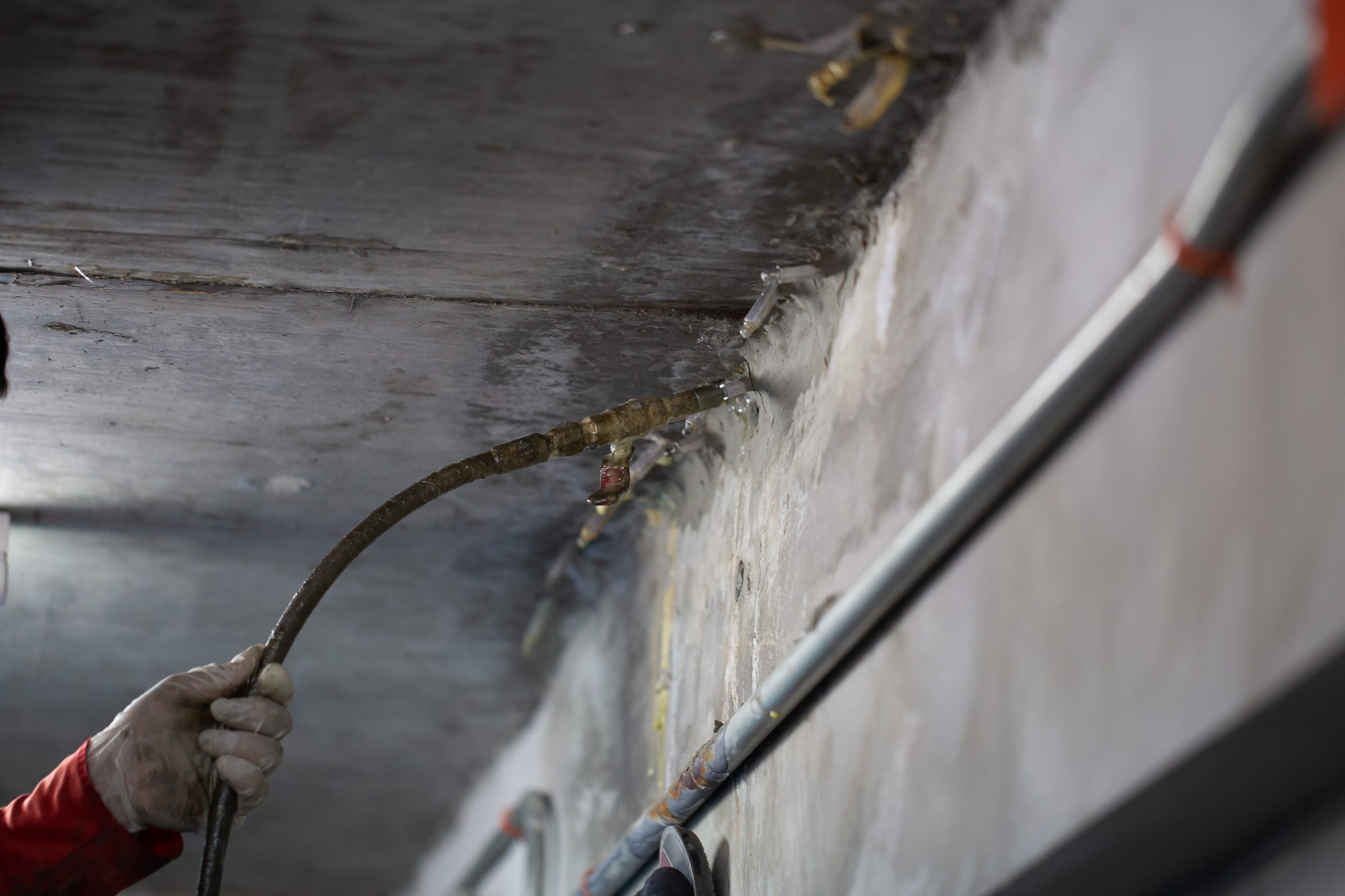The cracks in concrete can be noticeable in both home-based and commercial structures, but they don’t have to stay forever. Concrete Crack Injection is a major repair method employed for reinforcing and rehabilitating broken concrete. It restores the structure and prevents future degeneration. Here are five top strategies you need to implement for effective Concrete Crack/Injection:
Identify the Type and Cause of Cracks:
Before starting any repair work with the injected crack, it’s of crucial importance to identify what type of cracks these are and their cause. The most typical manifestations of concrete cracks are shrinkage cracks, settlement cracks, and structural cracks. Knowing the reason why the cracks happened, for example, bad construction, soil movement, or freeze-thaw cycles, will assuredly be crucial to deciding which repair method and materials to use.
Select the Right Injection Material:
It is necessary to pick the appropriate injection material for the successful crack repair. Epoxy and polyurethane are the two universally used materials for concrete grout injection. Each of them has some concurrent and contradictory features. The epoxy injections are best suited for structural cracks and for areas that are under high load-bearing requirements as this offers very strong bonding and toughness. Polyurethane injections, on the other hand, are flexible and compliant. Thus, they are able to seal actively leaking cracks and accommodate minute concrete movements.
Prepare the Crack and Surrounding Area:
Proper orienting of the crack and surrounding area is considered the article of success of the injection and its adhesiveness to the repair material. Begin by washing the crack thoroughly so that you can remove any dirt. Even debris or loose material can be removed by use of a wire brush or a vacuum. Now, take the concrete saw or grinder to widen and strengthen the crack. More especially, it refers to that well-defined channel you have created for the injection material. Also, don’t forget to seal the crack openings properly where the injection port or adhesive paste is to be fitted to stop the leakage during the injection.
Monitor and Evaluate the Repair:
Next, after finishing with the applied repair protocol, it is required to control the area for the following weeks and to track the improvement level. Ensure the injected material is completely cured by following all guidelines given by the manufacturer. Don’t use the repaired section under heavy loads or traffic until cured. Examine the restoration area periodically for indications of splitting or water ingress and deal with these matters immediately. Not only will it avert further damage to your roof, but also it will add years to its life. Moreover, to brace the repair, the surface should be coated or just sealed with a long-lasting protective film.
Summary Point:
Arm yourself with these five best practices for concrete crack/injection. Get your concrete surfaces back in shape with watertight repairs that preserve the durability of your concrete. The first step involves the identification of the crack type and cause so that you can choose the right injection material and proper surface preparation to obtain the desired result. The injection of the right quantity of material in the exact area and proper movements and control are the next steps. It includes monitoring and evaluation of the repair process with United Trade that will ensure your property stays safe and strong.



